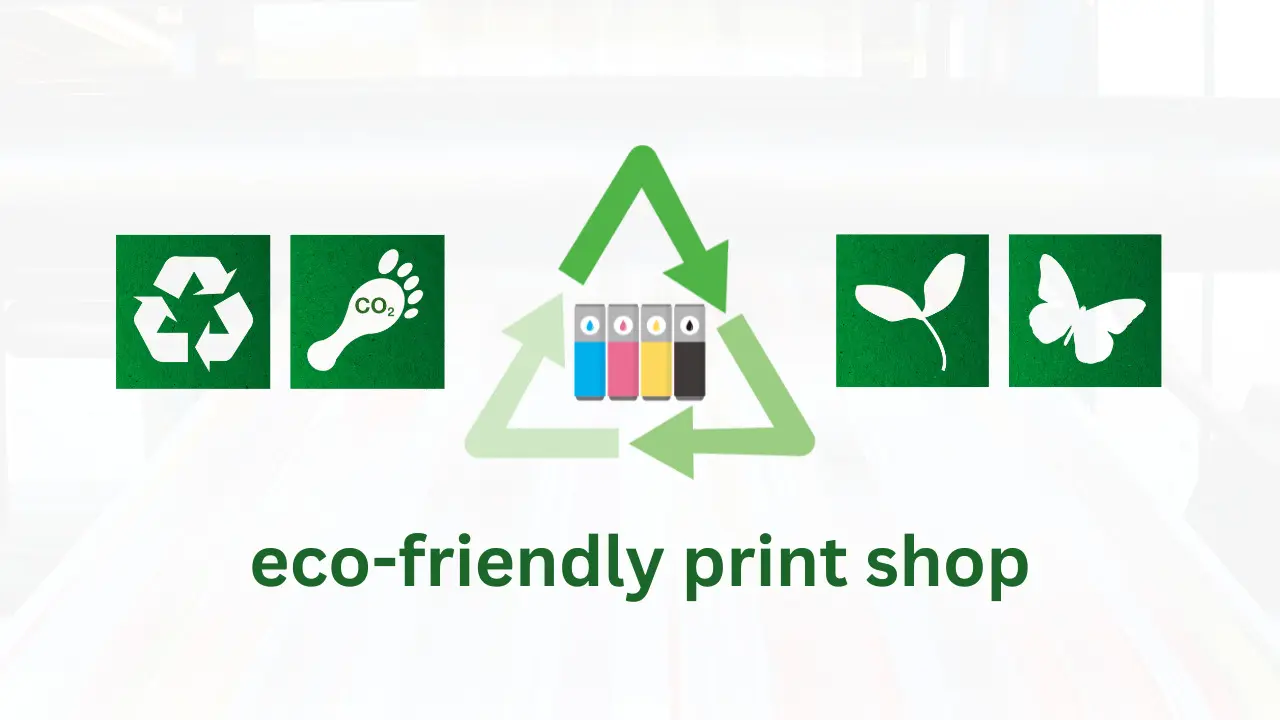In 2021, the U.S. printing industry was valued at $77.7 billion with approximately 46,200 commercial printers that employ about 370,000 people. While the number of U.S. print shops has declined slightly – mostly due to pandemic challenges – the number of sustainable commercial printers is increasing due to shifting customer priorities and the acceleration of digital transformations.

The terms green printing, eco-friendly printing and sustainable printing are often used interchangeably. In varying degrees, they all refer to the standards, processes or materials that are generating environmental, social and economic benefits, while not using up too many resources or causing pollution.
Successful commercial printers build their value creation capabilities around three sustainability tenets – planet (environmental), people (social) and profit (economic). Here are some best practices for running a more ecologically sustainable print shop for each.
Planet
Most of us are familiar with the 3Rs (reuse, recycle and replace) to reduce waste sent to landfills, conserve natural resources, save energy, reduce pollution and protect wildlife. While yes, our industry uses trees, we also replace and invest in their growth. And it’s time to debunk the “bad paper printing” myth.
Trying to do everything to save the planet all at once will render you effective at nothing. So instead of attempting to boil the ocean, focus on boiling a pot. Start by assessing what you’re currently doing and take small but intentional steps that will lead to high-impact process improvements and results toward achieving your ultimate sustainability goals. Then map out ways for improving customer/employee experiences and outcomes through the use of your eco-friendly print materials, packaging and equipment.
People
As with any change management initiative, our chances for success significantly increase when employees are actively engaged in the process, particularly when change is aligned with their values. In fact, Edelman’s special report “Trust in the Workplace” found that seven out of ten employees wanted their job to bring societal impact, calling it a deal breaker in job consideration. To maximize employee engagement, consider:
Profit
All businesses are in business to make a profit. Running an eco-friendly print shop or a profitable print shop should not be mutually exclusive. The intention of commercial printers with strong sustainable practices is to have both. See below for some ways to achieve this.
The riches and rewards
By starting where you are, setting attainable short-, medium-, and long-term goals; and measuring, learning and adjusting as you move deliberately forward, your efforts to run a successful sustainable print shop and be a purpose-driven employer will not be in vain. You’ll be rewarded with enduring profitable customer relationships that accelerate growth for your business while helping to build a more sustainable planet for us all.
Learn more about the digital transformation possibilities in label and package printing and our production printing equipment.